 Eggplant is demanding to care for, the vegetable needs moderate watering, and timely top dressing, otherwise a rich harvest in the fall can not be harvested. Additives for eggplants are complex, combine mineral and organic fertilizers together.
Eggplant is demanding to care for, the vegetable needs moderate watering, and timely top dressing, otherwise a rich harvest in the fall can not be harvested. Additives for eggplants are complex, combine mineral and organic fertilizers together.
Blue ones fertilize often and plentifully. On poor soil, top dressing is applied every 10 days. To ripen fruit in open soil, you need at least 120 - 150 warm, sunny days.
Content
Organic Fertilizers for Little Blue
Compost
After harvesting, the remains of plants and weed grass remain on the beds. They are put in a hole, left to rot until spring. For the soil mixture for seedlings, two-year-old compost is used, in a year it will not have time to overtake, the heat generated can destroy the seedlings.
Sawdust rot for at least 3 years. The larger they are, the longer the rotting process. Overripe sawdust can serve as vermicompost, they are added to the soil mixture for seedlings. Such an additive takes nitrogen from the soil.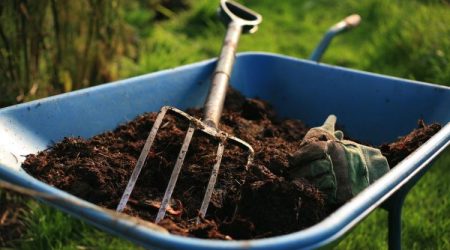
Compost is also made from fallen leaves from trees. It rotts like grass compost.
Humus
Overripe cow manure is used clean without bedding. In a mixed mullein with urea after decay, more nitrogen remains than in pure manure. Humus is used for two years, undigested seeds of plants sprout in fresh and seedlings die.
Vermicompost
Worms feed on humus or compost, the product of processing the worms is a good raw material for blue fertilizer. For the process, annual organics are suitable.
Ash
The remains of plants, herbs are burned and receive useful fertilizer. Vegetable ash serves to maintain fertility in the earth. It contains all the elements needed for eggplant. Ash serves as a growth stimulator when soaking seed material, neutralizes the acidity of the soil.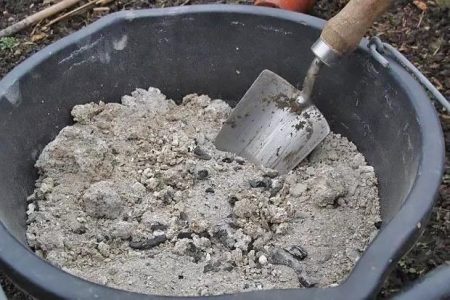
Mineral supplements
Three components - phosphorus, nitrogen, potassium, form the basis of all mineral additives. The lack of these elements leads not only to a weak crop, but also to its death.
Nitrogen
With a lack of nitrogen, the blue ones slow down growth, stop growing. Types: urea, nitroammophosk, calcium, sodium nitrate, ammophos.
Phosphorus additives
Phosphorus is added at high soil moisture. More often used is a double concentration of superphosphate. On acidic soils, phosphorite flour is used, which increases the immunity of eggplant, thereby increasing resistance to disease.
Potassium
Potash fertilizers enhance metabolism in cells, accelerate photosynthesis. Organic acids are formed, vegetables are easier to tolerate a lack of moisture. Potassium sulfate is added for potassium deficiency in plants. Potassium salt is used on an industrial scale.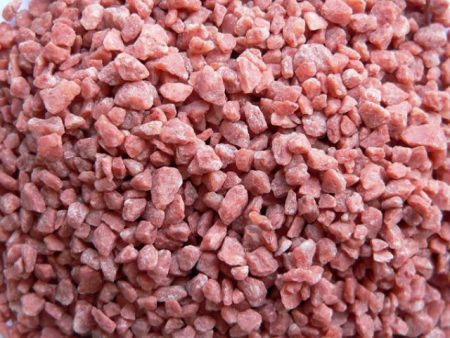
Complex fertilizers consist of two or more mineral components. There are combined, complex, mixed. Nitrofoski belong to complex-mixed fertilizers. They are introduced before sowing in the pits when transplanting seedlings.
Fertilizer application methods
Options for adding dressings:
- The main feeding occurs before sowing seeds. Organic matter and minerals are added to the soil while digging the garden in the fall.
- A small dose of complex fertilizers, superphosphate or ammophos is added to the wells during the transplanting of seedlings or seeds. Additives during planting are designed to provide eggplant with nutrients in the first days of life, to further strengthen and grow bushes. Norm 2-10% of the total dose.
- During the growing season - after planting, most of the fertilizer is applied along with water during irrigation.
There is root and foliar top dressing. For the blue ones, the root method of fertilizing is used, it can be superficial and subsoil. For vegetables, fertilizers are applied to the soil under the root. Soluble nitrogen fertilizers, potassium and phosphorus are used.
Nutrition for eggplant seedlings
Seedlings are fertilized 2-3 times with root dressings. Fertilizers introduced into the soil quickly absorb the roots of the blue ones. A certain dosage is needed so as not to burn the root system of plants.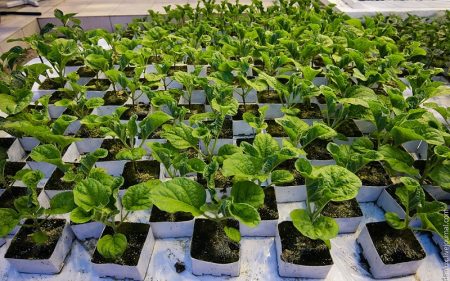
For the first time, complex additives are added after emergence - after 7-9 days. For the initial feeding, water-soluble fertilizers with trace elements are used. The label of the purchased product shows the proportions of the preparation of an aqueous solution. At the initial stage, growing seedlings requires nitrogen and potassium, in the future phosphorus will be needed. It is better to water the seedlings in the morning under the root. If, nevertheless, the solution got on the leaves, they are washed with water. They use Foxamide, Lux drugs or prepare a mixture: for 10 l of water 40 g of superphosphate, 15 g of potassium sulfate.
The basic rules of the first feed:
- seedlings are watered 12-14 hours before the solution is applied;
- the drug is dissolved without residue in warm water 23-25 degrees;
- with a suitable dosage, water the soil, make sure that moisture does not get on the leaves;
- the dose of solution for one seedling is indicated in the instructions, the average value is 50 ml.
The second time the seedlings receive fertilizer 12-14 days after the dive. Young growth has 2-3 leaves by this time. They introduce dry complex fertilizers "Kemira Universal", "Kornevin", "Ideal". Dilute with water - 5 l of liquid per teaspoon of substance. You can use liquid additives - 1 cap of water for one cap. Potassium nitrate is bred in water - for 5 l you will need 15 g of the product. In addition to minerals, organic matter is also used - they bred mullein 1:10 or bird droppings 1:15.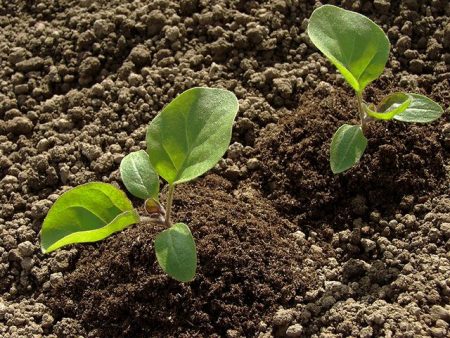
After two weeks, fertilizers containing potassium and phosphorus are doubled. You can use a mixture of fertilizers - 25 g, 10 g of superphosphate per bucket of Foxamide water. In a greenhouse for seedlings, 9 l of water is used: 15 g of superphosphate, 5 g of ammonium nitrate, 10 g of potassium sulfate. For the development of the root system, the “breadwinner” or “Agricola-forte” is suitable.
Artificial fertilizing can accumulate in the soil. You can use natural additives that make the product environmentally friendly. They are purchased in stores (Bioton, Biohumus, Healthy Garden) or prepared independently:
- The tincture of the banana peel is rich in potassium: 3 pieces pour 2 liters of boiling water and leave for 3 days.
- Nettle is cut, poured with water, left to ferment for 4 days, the filtered solution is diluted with water 1: 2.
- Boil potato peel, cool, water the seedlings. Starch has a beneficial effect on young animals.
- The eggshell is crushed (10 eggs), placed in 3 liters of water, insisted for 5 days.
Fertilize eggplant after planting in open soil
For the entire growing season, vegetables are fed 4-5 times. On depleted land, the number of irrigations with nutrients doubles. To strengthen the roots of seedlings in the open ground, it should take 12-15 days.Prior to this, it makes no sense to fertilize the earth, the rhizome of seedlings is weak, it is not able to absorb nutrients from the soil.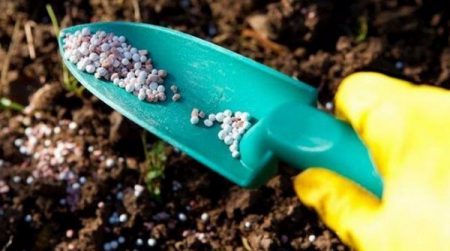
Feed sequence:
- The first time after sowing seeds in 3 weeks or 2 weeks after planting seedlings: a manure solution (1:10) with a glass of ash - 4-5 liters per square meter of land. You can use complex fertilizers.
- The second 20 days after the first: on 9-10 l of liquid 25 g of potassium salt, 60 g of superphosphate and urea 25 g. They use phosphorus top dressing.
- During flowering: liquid manure and herbal tincture. The grass is ground, poured with water (per 1 kg of raw materials 20 l of water), 2 tablespoons of ash, 2 kg of mullein. All mixed, for one planting instance use a liter of the mixture. If there are few flowers, the bushes are irrigated with boric acid (1 g of acid per 1 liter of water). At this stage, phosphorus and potassium are needed.
During the formation of fruits, several options for feeding:
- take bird droppings of 5 kg, pour 50 liters of water, make a glass of nitrophoska; the mixed composition settles for 5 days, mix again, per sq. meter - 2 l of solution;
- urea 1 spoon per 10 liters of liquid;
- preparations Effekton, Agricola - Vegeta, solution (one spoon per bucket of water) per meter of land 1 liter of mixture;
- 9 liters of warm liquid 3 small tablespoons of yeast, 2 tbsp. l sugar, stand for 2 hours, add 50 l of water.
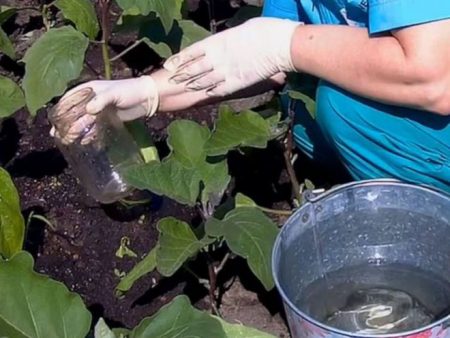
Blue fertilizers with different soil composition
To eggplant successfully developed, take into account the characteristics of the soil in the infield.
- Clay soil - apply calcium and sodium nitrate, azofoska.
- Increased acidity - 250 g of ash or 500 g of lime are added to the soil per square, made 3 weeks before fertilizing.
- Sandy ground - the addition of organic matter to the soil. Manure, bird droppings, compost, vermicompost - any option is suitable.
- The marshy soil is saturated with nitrogen, for the process of nitrogen decay, the blue ones are watered with mullein. We need phosphorus, potassium, the dosage is increased 4 times.
- Loamy, sandy loamy soil with a neutral environment - fertilization according to generally accepted standards.
Watering with nutrients is carried out in the morning or evening.
How to find out about the lack of mineral elements?
The plant itself can signal a lack of certain trace elements:
- pallor of foliage - not enough nitrogen;
- purple plaque - lack of phosphorus;
- brown spots on the foliage - you need potassium;
- strips on leaves - calcium will help;
- variegated leaves - not enough magnesium, you can pour a weak solution of potassium permanganate.
You need to fertilize the earth in the fall, add organic matter - 5 kg of manure per square plot, dig the garden. By spring, the site will be ready for planting eggplant.

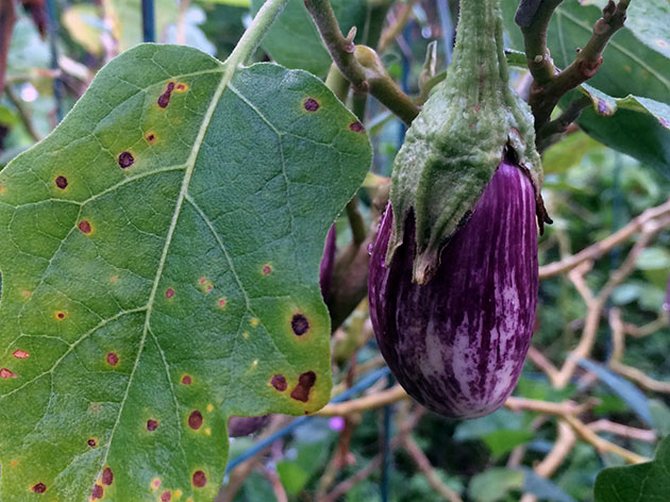
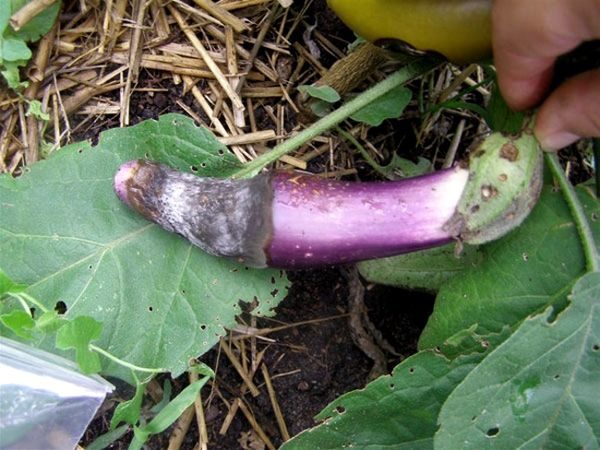
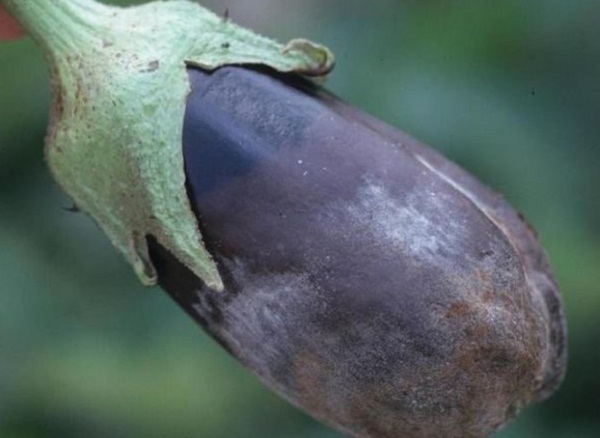
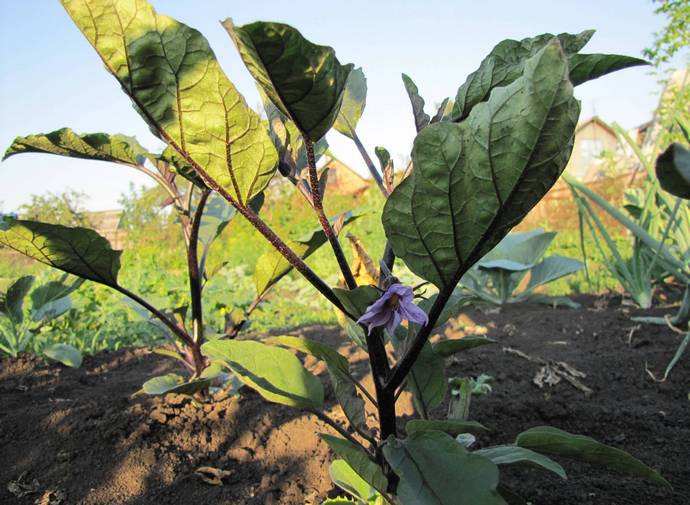 Eggplant have a empty flower? Save together with simple methods
Eggplant have a empty flower? Save together with simple methods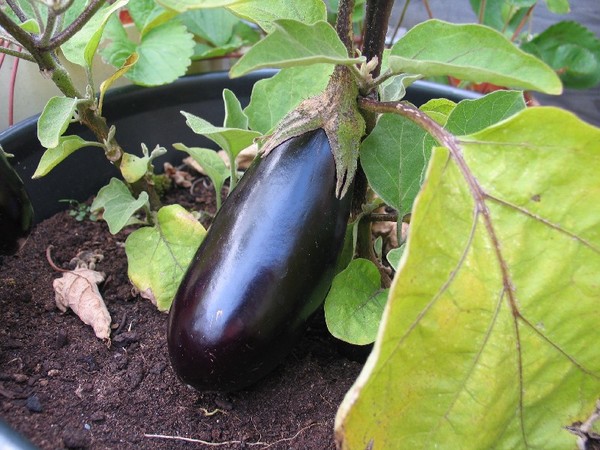 Why and what to do if the leaves turn yellow and wilt in the eggplant
Why and what to do if the leaves turn yellow and wilt in the eggplant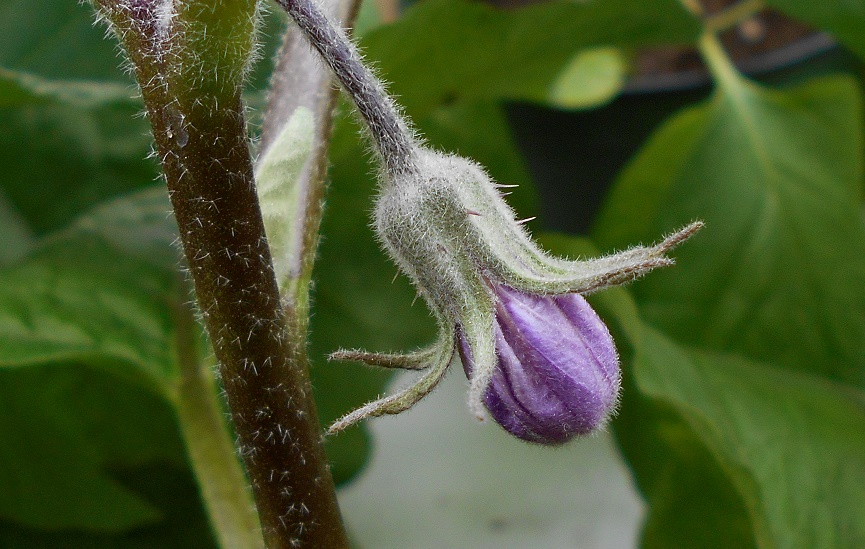 How to help eggplants to prevent flowers falling in the greenhouse?
How to help eggplants to prevent flowers falling in the greenhouse?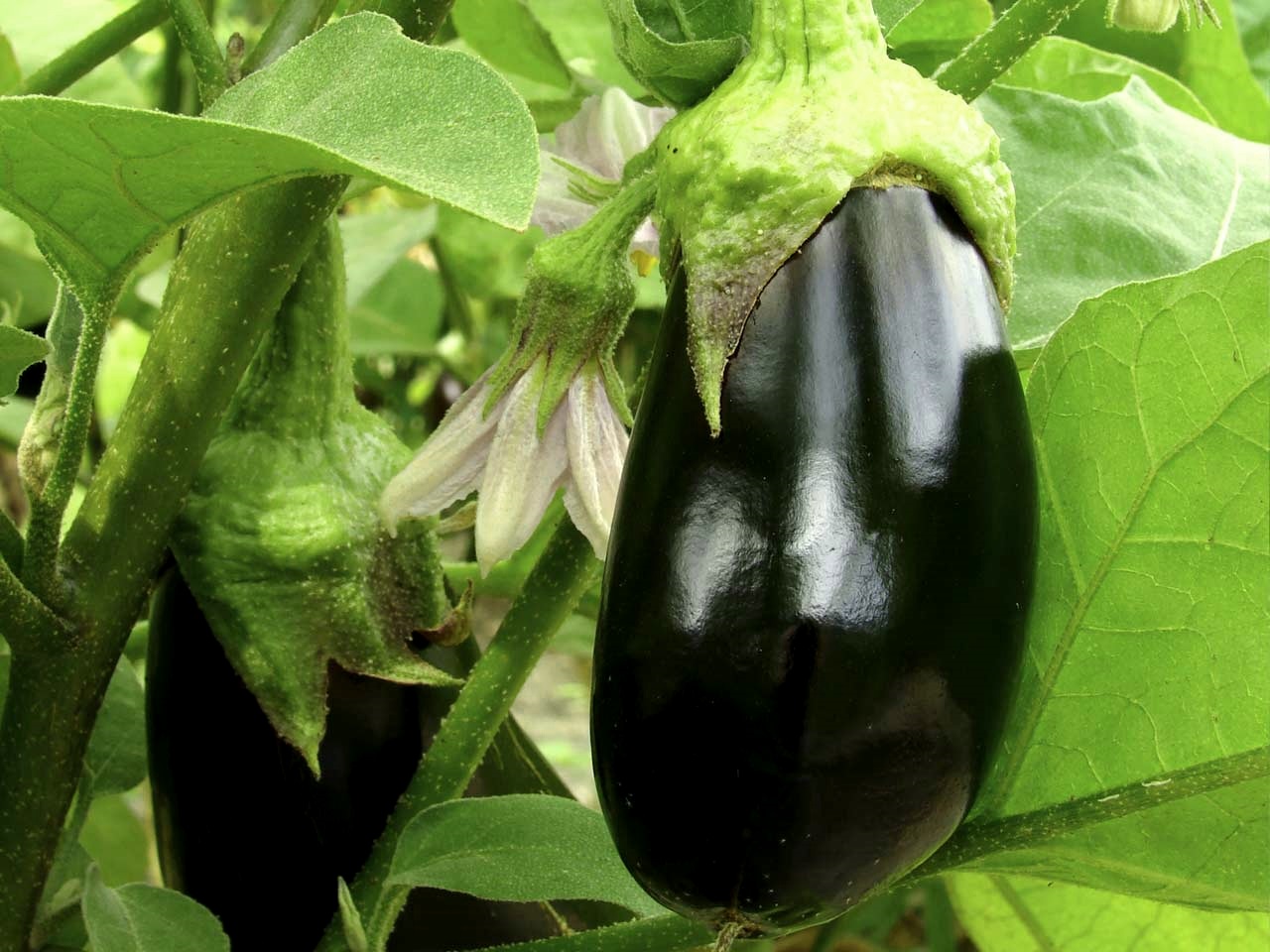 What to do to get a good eggplant crop in a greenhouse
What to do to get a good eggplant crop in a greenhouse